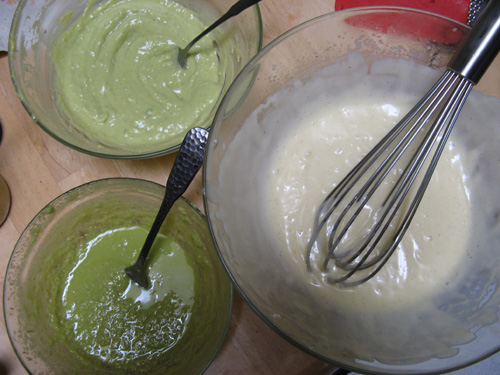(Written for the inaugural edition of the Diversity in Science blog carnival, with big thanks to DNLee for launching it.)
Back in the spring and autumn of 1992, I was a chemistry graduate student starting to believe that I might actually get enough of my experiments to work to get my Ph.D. As such, I did what senior graduate students in my department were supposed to do: I began preparing myself to interview with employers who came to my campus (an assortment of industry companies and national labs), and I made regular visits to my department’s large job announcement binder (familiarly referred to as “The Book of Job”).
What optimism my successes in the lab giveth, the daunting terrain laid out in “The Book of Job” taketh away. It wasn’t just the announcements of postdoctoral positions (which, I had been told, were how one was supposed to develop research experience in an area distinct from the one that was the focus of the doctoral research) that listed as prerequisites 3 or more years of research experience in that very area. The very exercise of trying to imagine myself meeting the needs of an academic department looking for a certain kind of researcher was … really hard. It sounded like they were all looking for researchers significantly more powerful than I felt myself to be at that point, and I wasn’t sure if it was realistic to expect that I could develop those powers.
I was having a crisis of faith, but I was trying to keep it under wraps because I was pretty sure that having that crisis was a sign that my skills and potential as a chemist were lacking.
Continue reading→


